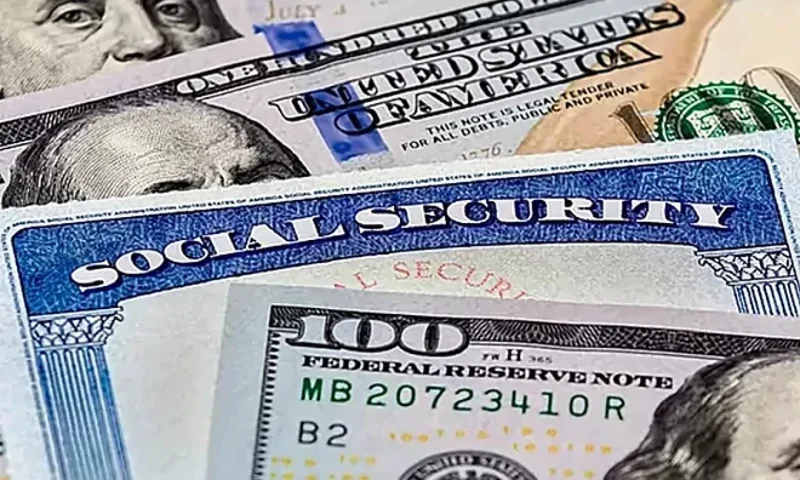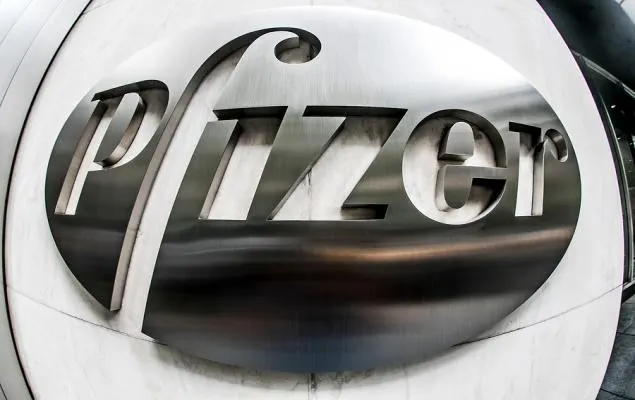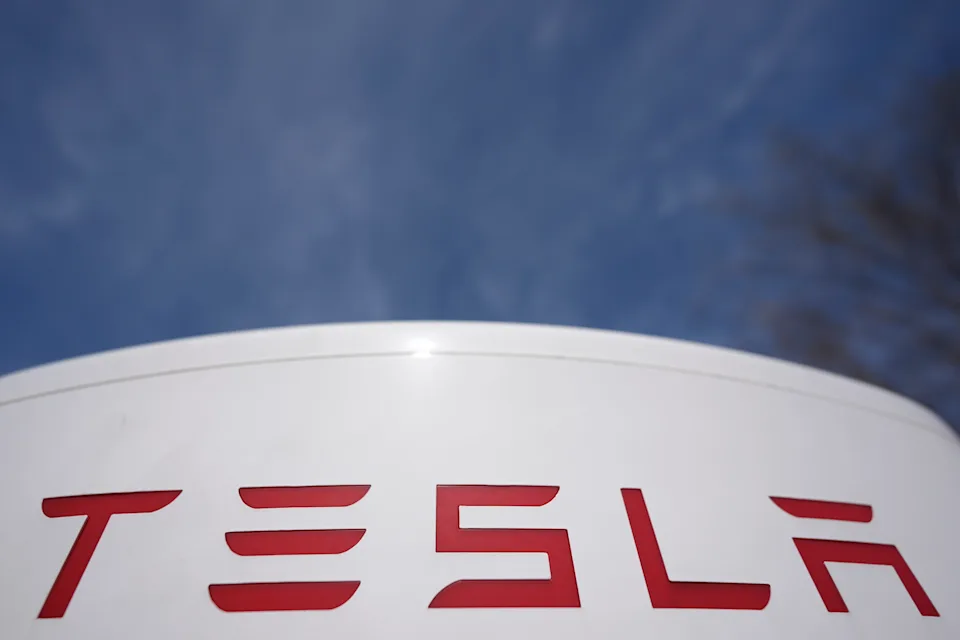
A small short-term benefit could end up costing much more in the long run.
One of the biggest voting issues for seniors in last year’s U.S. Presidential election was Social Security. There’s good reason for that. The government program is essential to the budgets of millions of Americans. Roughly half of people age 65 or older receive 50% or more of their income from Social Security, according to data reviewed by the SSA.
President Trump appealed to these voters in his campaign by saying he would work to make sure they get the most possible from the program. That includes a proposal to eliminate taxes on Social Security benefits. Not only are taxes on Social Security income complicated, but they also present an additional financial burden on many households collecting benefits.
However, eliminating the tax on Social Security comes with some bad news for retirees too. As with everything in economics, there are some significant trade-offs.
Seniors are facing major benefit cuts, and the clock is ticking
It’s important to understand the current state of Social Security before diving into how President Trump’s proposal will impact seniors. As it stands, retirees are facing a major cut in benefits in the near future that will be much worse than any taxes most of them currently pay on benefits.
The government established a trust fund for Social Security in 1939. All of the taxes it collects on wages go into the trust fund, and all the benefits it pays out come out of the trust fund. In the meantime, it invests the excess cash held by the fund into stable government bonds to help the trust fund grow and support future benefits payments.
That system worked well as the population grew and the standard of living improved. More workers earning higher average wages resulted in a massive surplus.
However, the trust fund’s balance started shrinking near the end of the last decade as baby boomers retired and the workforce grew more slowly. The trust fund’s assets have shrunk by $260 billion since the end of 2018, falling to $2.54 trillion as of the end of last year. And the rate of decline is accelerating. Net assets fell over $100 billion last year.

Data by YCharts.
The Social Security Trustees estimate that if there aren’t any changes to the program, it will deplete the entire trust fund sometime in 2033. At that point, the tax revenue it brings in will only cover an estimated 79% of retirement benefits.
In other words, seniors are facing a permanent 21% haircut on their Social Security benefits in just a few years without substantial Social Security reforms.
Most people won’t pay that much in Social Security taxes
Social Security taxes are extremely complex, but the long and short of it is that most households will pay less in taxes each year than what a 21% cut to benefits entails.
The government determines how much, if any, of your Social Security benefits count as taxable income based on a metric called “combined income.” Combined income adds half of your Social Security benefits to your adjusted gross income and any untaxed interest income from the year.
If your combined income exceeds certain thresholds, you’ll pay income taxes on up to 85% of your benefits, as detailed below.
| Taxable benefits |
Combined Income (Single) |
Combined Income (Joint) |
| 0% |
Less than $25,000 |
Less than $32,000 |
| Up to 50% |
Between $25,000 and $34,000 |
Between $32,000 and $44,000 |
| Up to 85% |
More than $34,000 |
More than $44,000 |
Data source: IRS.
You might think those thresholds are extremely low, and they are. That’s because those numbers haven’t been updated for inflation since they were put in place more than 30 years ago. However, since Social Security benefits get an annual COLA tied to inflation, more and more seniors are facing tax bills on their Social Security benefits. That makes Trump’s proposal to eliminate those taxes increasingly appealing.
However, it’s worth noting that, when compared to the existential challenge facing Social Security and the potential 21% cut in benefits across the board, the current taxes aren’t that bad. The top quintile of households pay an average of 20% in taxes on their benefits, according to The Center on Budget and Policy Priorities. That corresponds with an income of more than $205,800. Lower-income households that rely heavily on Social Security don’t face a significant, if any, financial burden from taxes on benefits. The bottom 40% of senior households by income pay an average of less than 1% in taxes on Social Security.
Here’s the real bad news
Remember, the Social Security trust fund only has two sources of revenue: the interest it collects on the bonds it invests in and tax revenue. While most of that tax revenue comes from earned income, a significant portion comes from the income taxes it collects on Social Security benefits.
That means Trump’s proposal to eliminate taxes on Social Security income will reduce the amount the trust fund brings in. And with less coming into the fund and the same amount going out, its depletion will accelerate. A study from the University of Pennsylvania’s Wharton School of Business estimates ending taxation on benefits will reduce revenue by $1.45 trillion over the next 10 years.
As a result, retirees can expect the Social Security trust fund to run out of money even sooner if Trump successfully eliminates taxes on benefits. On top of that, such a move will require deeper benefits cuts once the trust fund’s assets are depleted because it will have less revenue coming in as well. So, seniors are facing the potential of a much bigger burden on their household budgets in just a few years than taxes present right now. That will hit low-income households, which rely on Social Security benefits, much harder.
It’s important to note that maintaining taxes on Social Security isn’t going to fix the program’s challenges. The government needs to make wide-ranging reforms to ensure the health and longevity of Social Security. But eliminating taxes on benefits will move it in the wrong direction and largely serves to benefit high-income households in the short run.

































